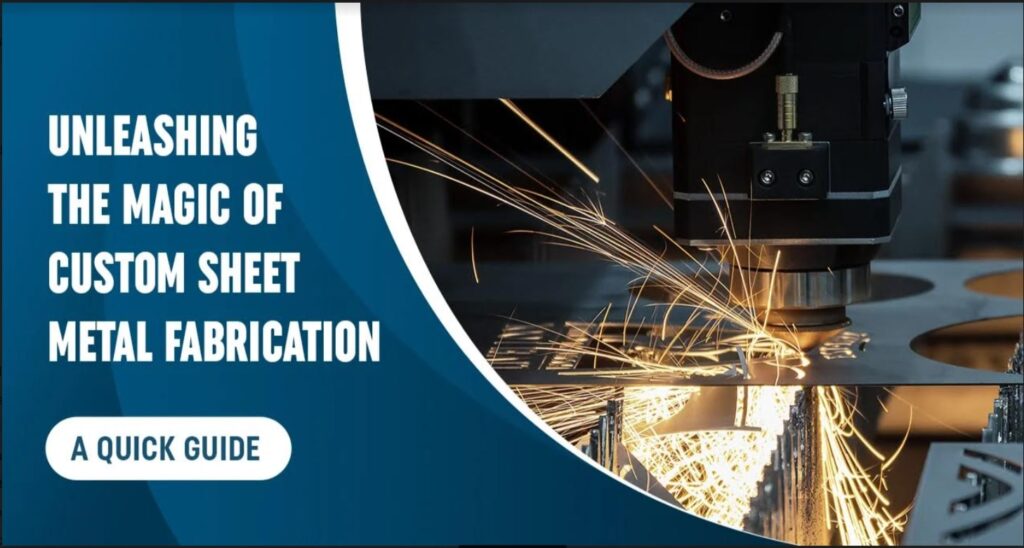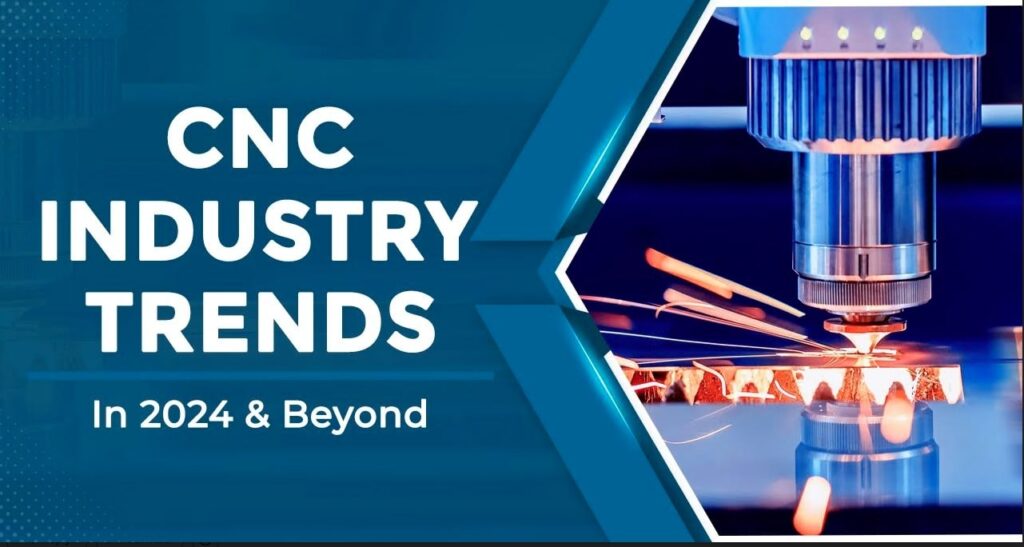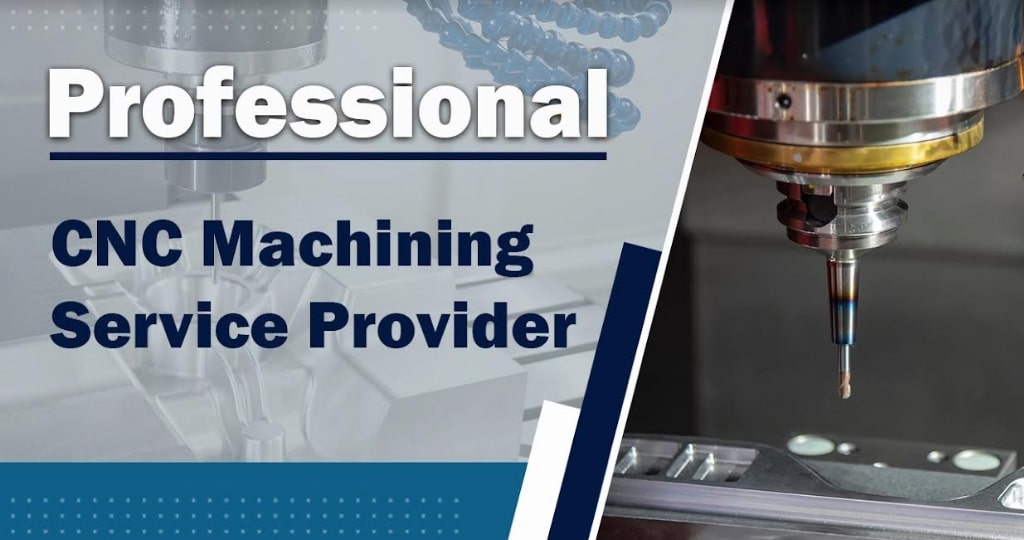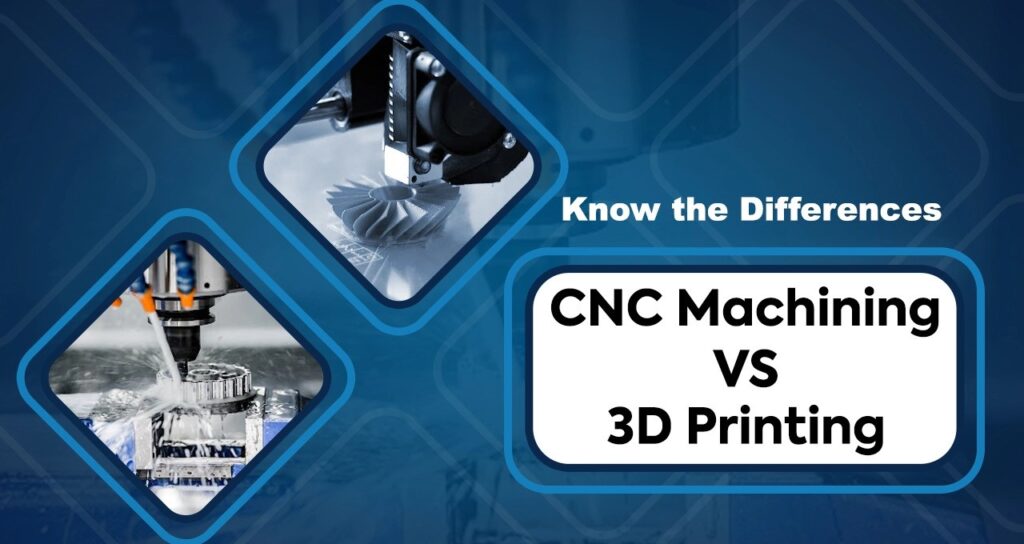What is rapid prototyping?
Rapid prototyping refers to various computer-aided manufacturing processes that can copy parts from digital models. Compared with traditional manufacturing methods, these processes are highly accurate and take less time. Many engineers automatically associate rapid prototyping with additive manufacturing processes such as 3D printing. Parts made with additive manufacturing are made by laminating plastic, resin, or other materials into the shape of the final product. It may take some post-processing to remove the support structure and achieve the desired surface effect.
Rapid prototyping can also be achieved through subtractive manufacturing. Subtractive machining (such as CNC machining) creates parts by removing layers from metal, wood, or resin blocks. Sheet metal prototyping can also be used to bend or cut metal into the desired shape according to the specifications provided by the computer.

Why don’t choose traditional manufacturing
Prototyping is an integral part of the design process, but for most design teams, it is not always economically feasible. Using traditional manufacturing methods to create prototypes is usually very expensive and takes too long for an effective design cycle. The main problem is that most traditional manufacturing processes (such as injection molding) require custom molds, tools, and other start-up equipment. For mass printing, these non-recurring costs can be ignored, but for a single prototype, their costs have become too high.
As a result, many engineers are reduced to manually creating custom prototypes or paying high upfront costs to manufacturing experts. The design team is faced with the choice of either paying for an expensive prototype or sending the design to production without proper testing. Fortunately, rapid prototyping does not have the problems associated with traditional manufacturing. Processes such as CNC machining and SLS rapid prototyping have no startup costs, can be completed in a short time, and allow engineers to create exact copies of their original designs.

Efficient and affordable production – Rapid prototyping
When the first rapid manufacturing method was developed, engineers immediately realized the potential for prototyping and design. Thanks to computer-aided technology, even standard CNC turning services can now be used to create perfect copies without the costs normally incurred in traditional manufacturing.
All rapid prototyping services have the same characteristics, that is, low start-up costs and standardized unit prices. Since there is no need to customize molds or equipment, the unit price of each production level remains almost unchanged. In this way, one, five, fifty or one hundred parts can be ordered as needed. Rapid prototyping enables engineers to order scale models of their designs with extremely short delivery times. According to rapid prototyping services, finished parts can be delivered in less than a week. The online manufacturing platform further simplifies the process by introducing instant quote generation and an accessible online portal where engineers can track and manage existing orders.
With low cost and short delivery time, it is not surprising that many engineers use rapid prototyping as a standard part of their design process. The design team can compare visual models, test different materials, and create the perfect product version for final manufacturing.
Common applications for rapid prototyping
3D printing and CNC rapid prototyping have been widely used by individuals and company design teams. Rapid prototyping is often used throughout the design process to help engineers create accurate parts and avoid costly changes in the actual production process.
Conceptual model: One of the most popular uses of rapid prototyping is to create proof-of-concept models in the early stages of the design process. These models are used to convey ideas and show the feasibility of the project to interested parties. Because of the speed and efficiency of processes such as SLS rapid prototyping, engineers can rely on these models early in the design cycle.
Functional prototypes: Parts manufactured with SLS and CNC rapid prototyping are as durable and powerful as traditionally manufactured parts. Depending on the process, the appearance of the part will usually be exactly the same as the consumer-oriented product. This means that engineers can make changes to the prototype and trust that they will accurately reflect the final design.
Pilot production design: Some prototypes indicate that the design is ready, while others highlight obvious deficiencies and areas that require additional work. The main benefit of rapid prototyping is that it allows engineers to carry out an iterative design process. After making changes, the design team can order a new prototype and expect to receive it within a feasible time.
From 3D printing to sheet metal prototyping, rapid manufacturing can be used to create high-precision models of almost any design. Test possibilities and compare material options, etc. by uploading the design to today’s 3D Hubs manufacturing platform.





